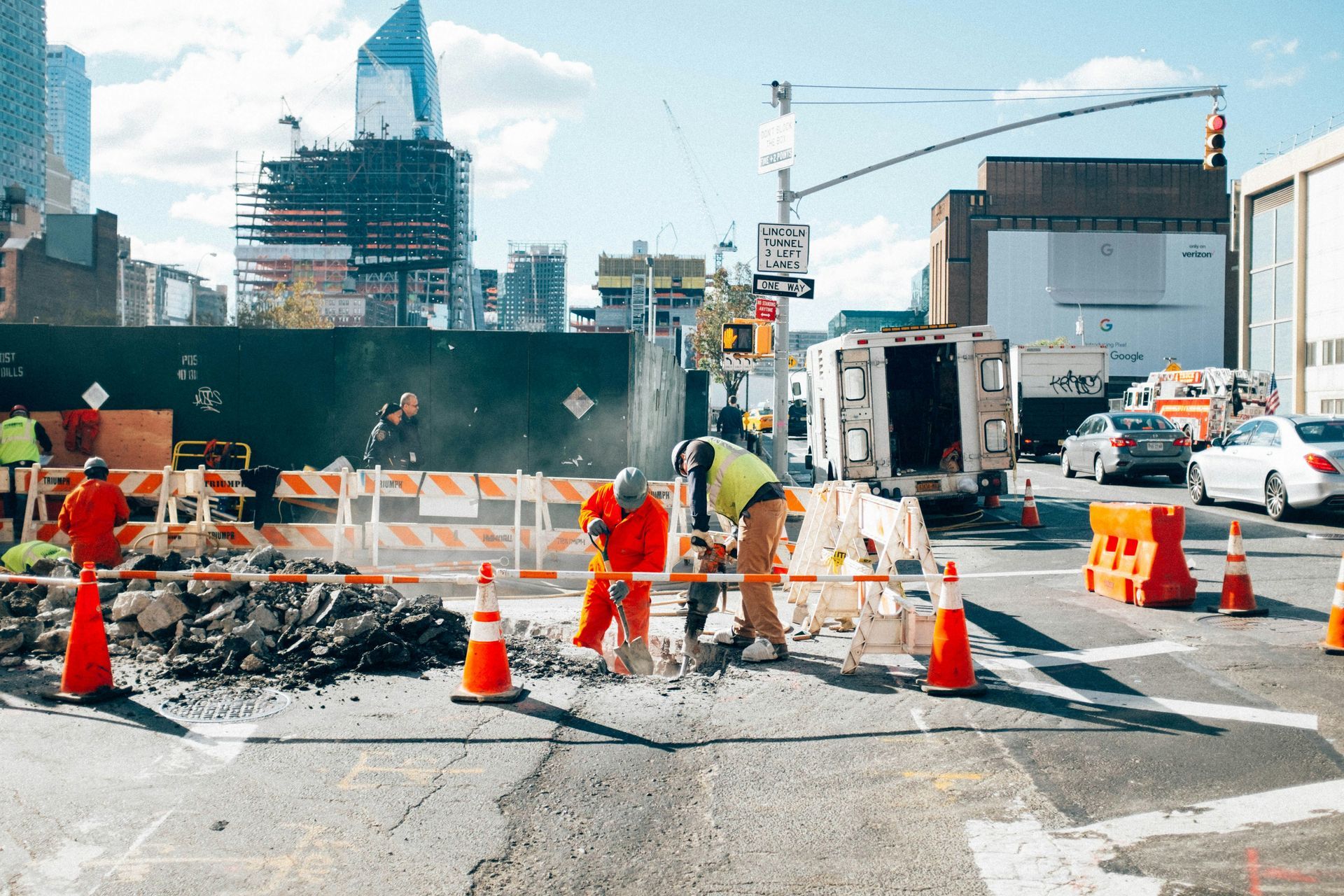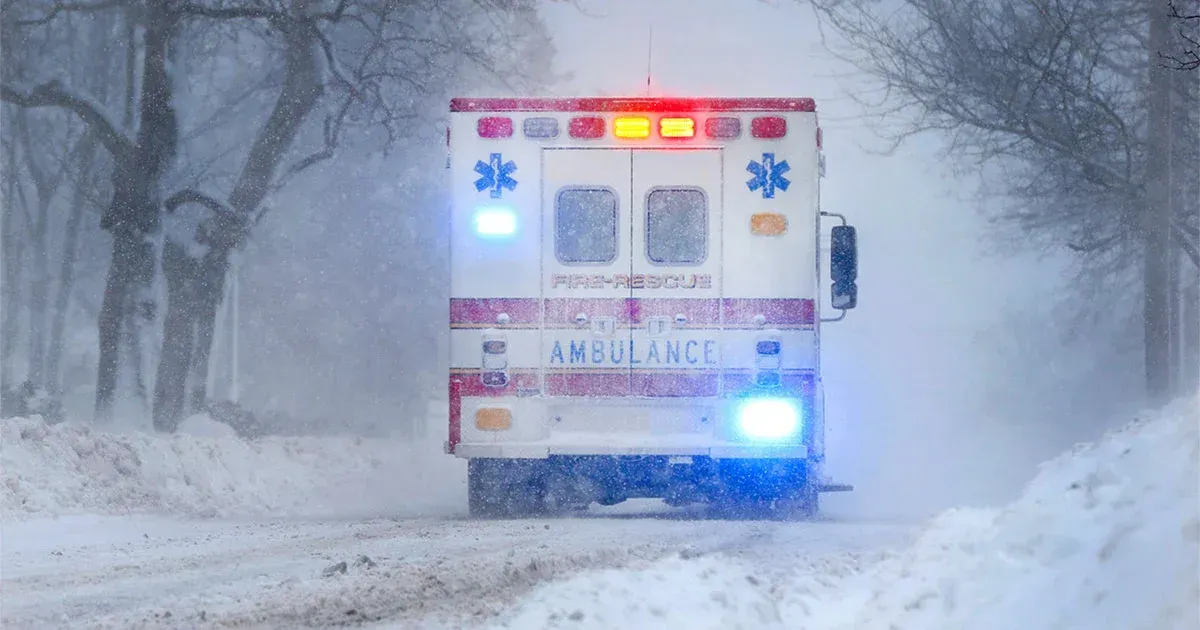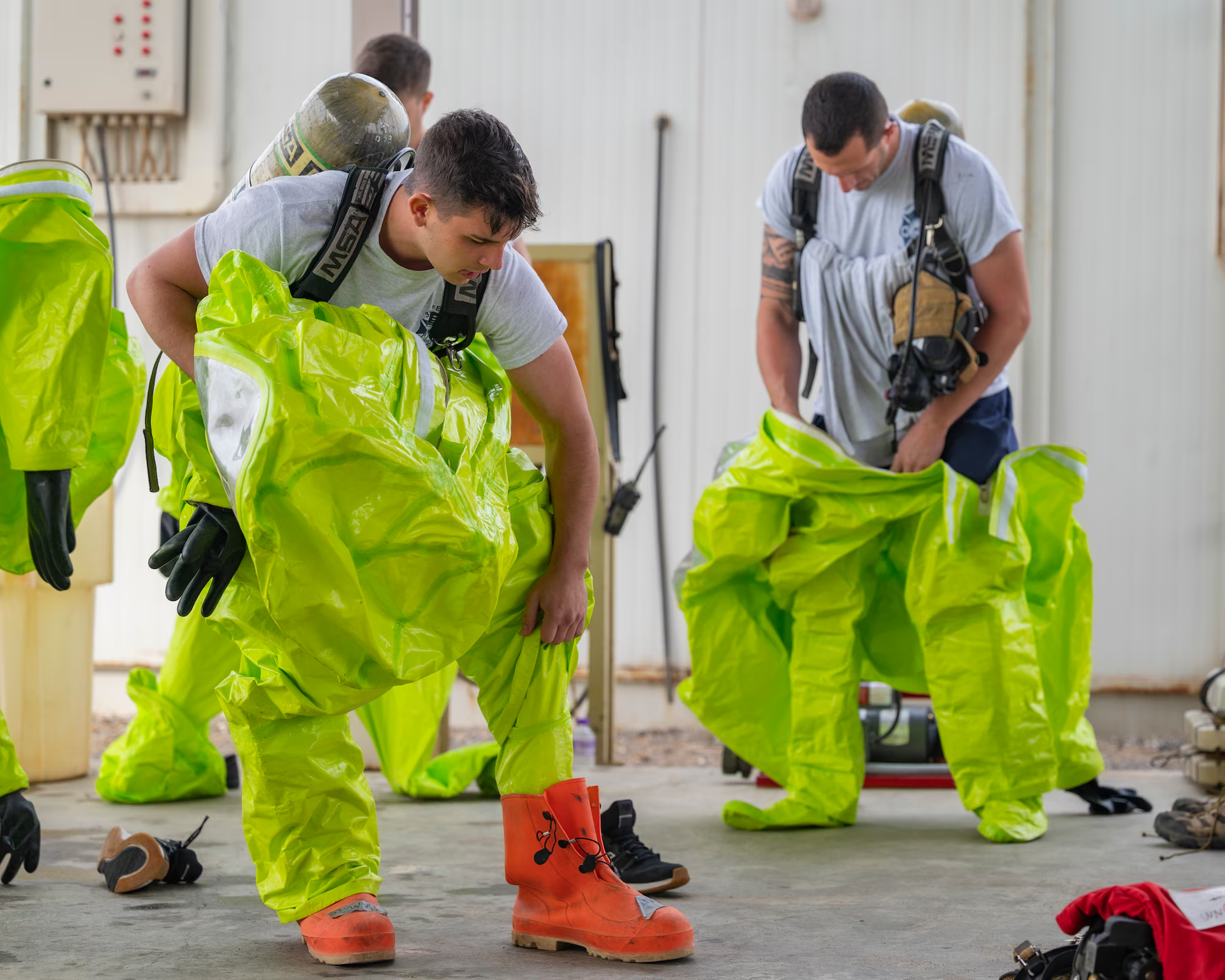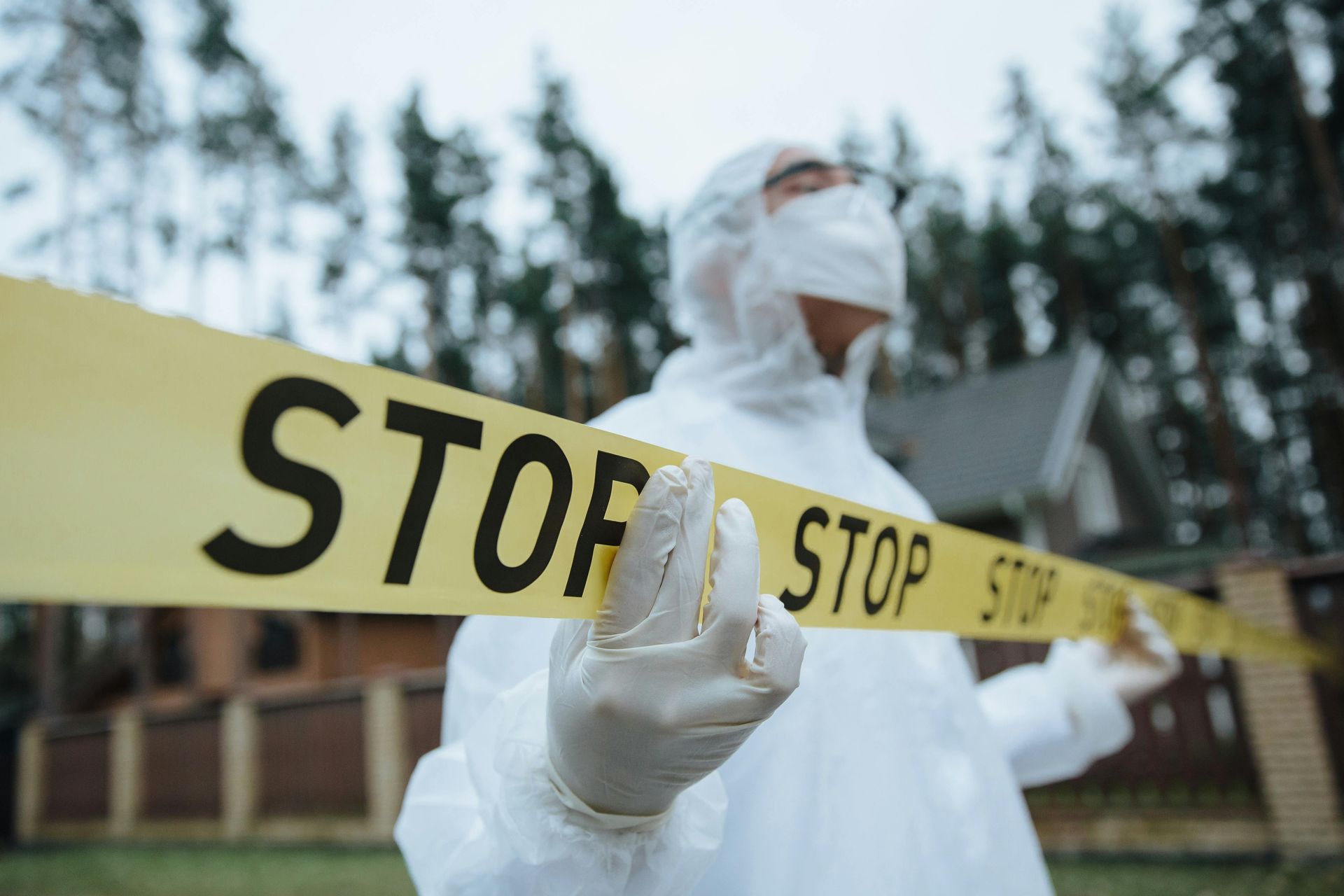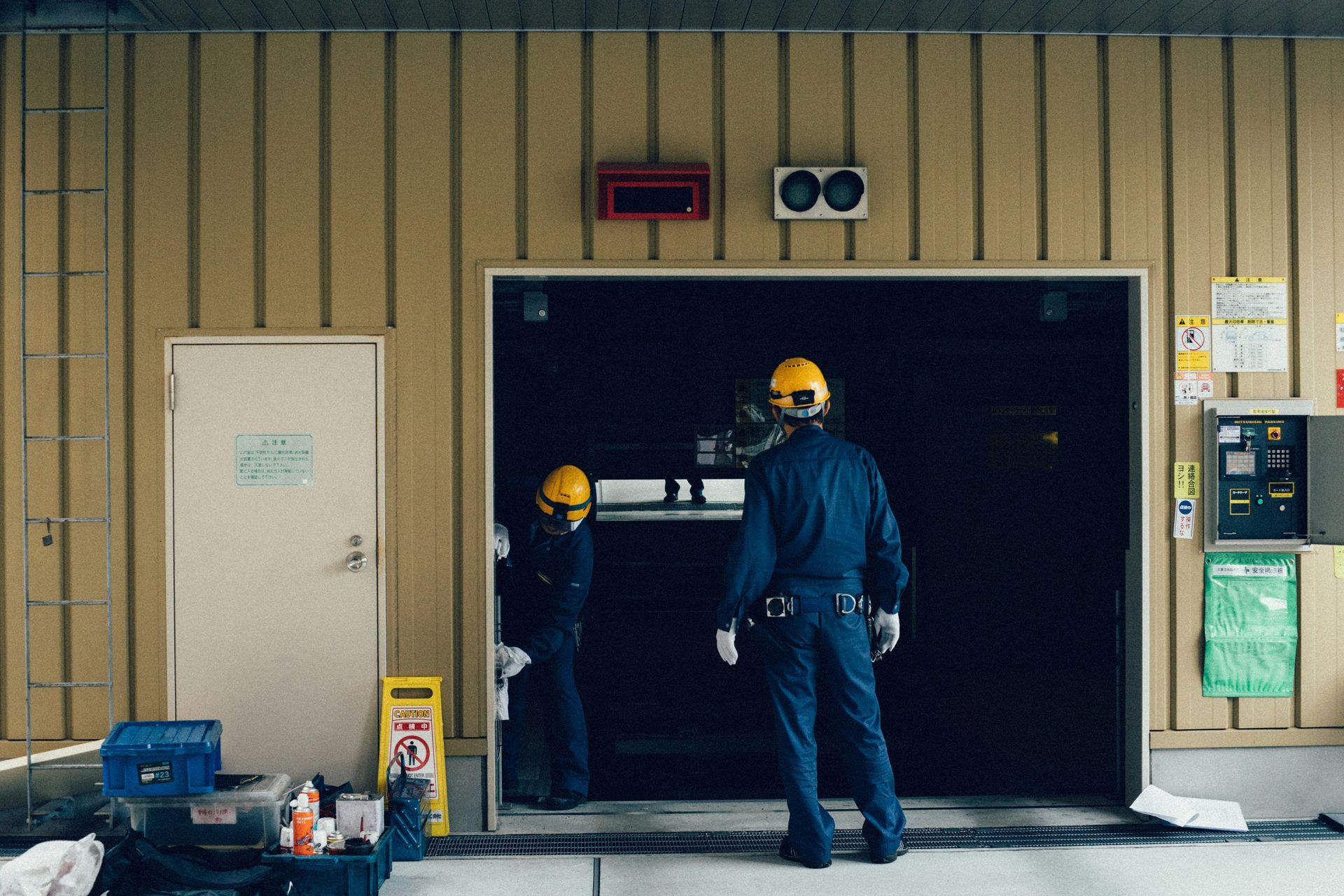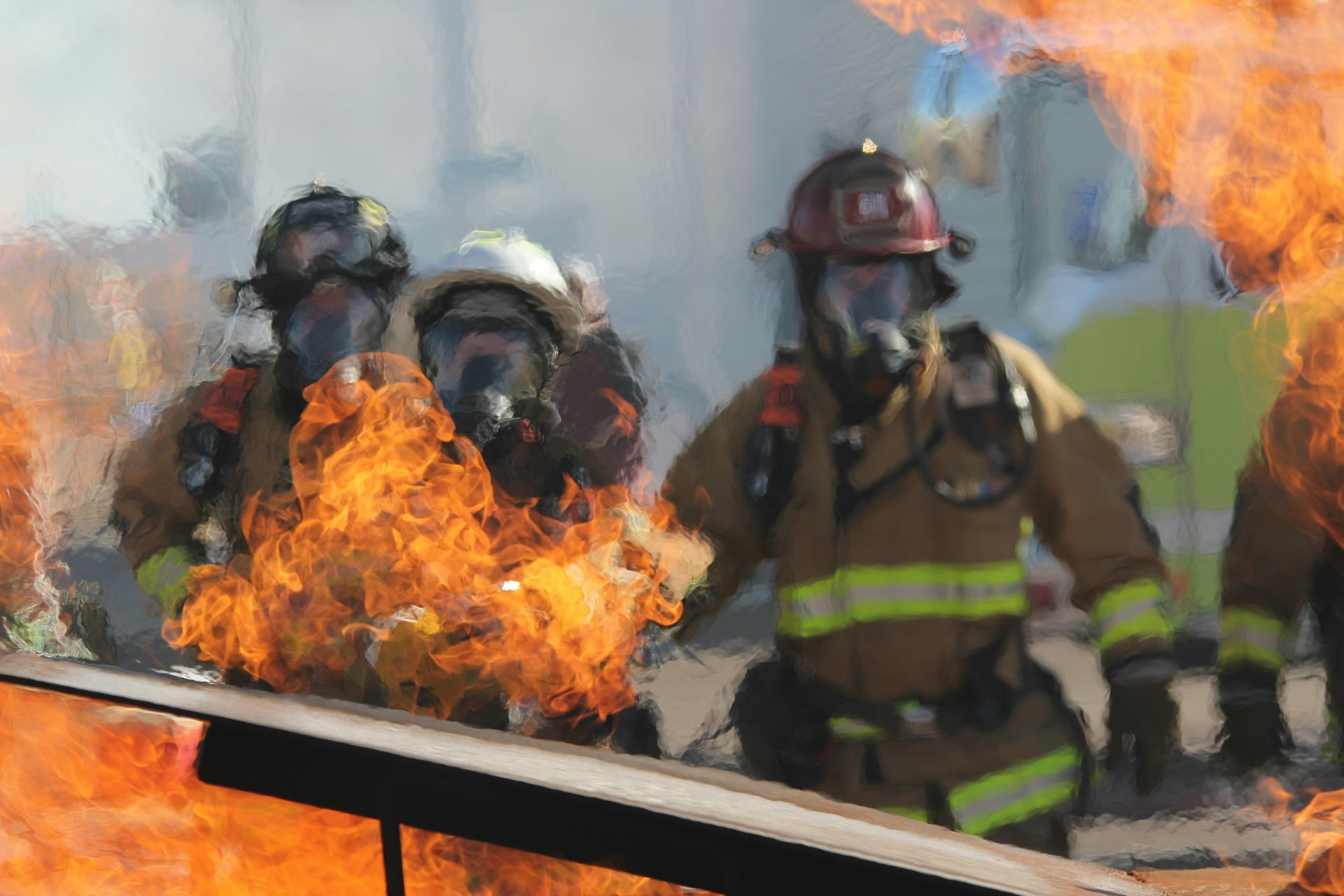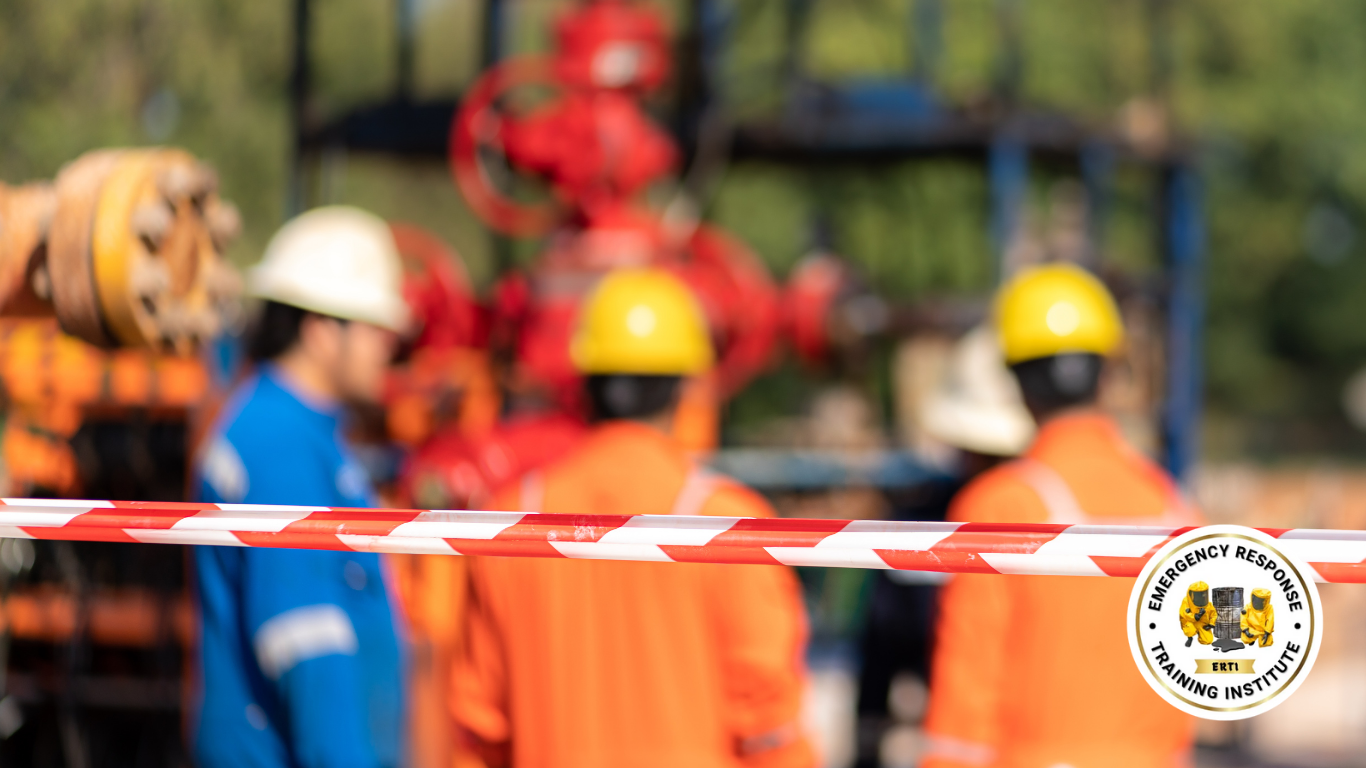Protecting Our Water: How Businesses and Communities Can Prevent Hazardous Waste Contamination
Water is one of our most precious resources, yet pollution continues to threaten its safety and availability. When hazardous waste enters rivers, lakes, and oceans, it poses serious risks to wildlife, human health, and entire ecosystems. From industrial spills to everyday litter, contamination can come from many sources—but with the right preventive measures, businesses and communities can work together to protect our waterways.
The Impact of Hazardous Waste on Water Sources
Hazardous waste near bodies of water doesn’t just disappear—it spreads. Chemicals from industrial runoff, improper disposal of toxic materials, and even household waste can seep into groundwater, disrupt aquatic ecosystems, and cause long-term health hazards for humans and wildlife alike.
Key consequences of water contamination include:
- Wildlife Poisoning: Marine life and freshwater species suffer from ingesting toxins, leading to population declines.
- Drinking Water Contamination: Pollutants can infiltrate local water supplies, affecting public health.
- Ecosystem Disruption: Harmful waste alters the natural balance, reducing biodiversity and damaging plant life.
How Businesses Can Prevent Water Contamination
Businesses, especially those handling hazardous materials, have a responsibility to prevent pollution. Here’s how they can take action:
- Proper Waste Disposal – Ensure hazardous waste is handled, stored, and disposed of according to environmental regulations.
- Spill Prevention Plans – Implement safety measures such as spill containment systems and employee training.
- Regular Inspections & Compliance Checks – Routine assessments can help identify risks before they become environmental disasters.
- Investing in Sustainable Practices – Switching to eco-friendly materials and reducing waste production minimizes long-term risks.
How Communities Can Make a Difference
Individuals and local governments also play a crucial role in protecting water sources. Some impactful steps include:
- Community Cleanups: Organizing and participating in local cleanup events to remove trash and pollutants from water-adjacent areas.
- Education & Awareness Campaigns: Teaching residents about the dangers of improper disposal and how to reduce waste.
- Stronger Waste Management Policies: Advocating for stricter regulations on hazardous waste disposal in local businesses and households.
- Stormwater Drain Protections: Preventing chemicals and debris from washing into drains that lead directly to natural water bodies.
Conclusion: A Shared Responsibility
Preventing hazardous waste contamination is not just the duty of businesses or governments—it’s a collective effort. By prioritizing proper waste management, implementing stricter pollution controls, and raising awareness, we can work toward cleaner, safer water for future generations.
